6 weeks 5mg min 0.5mg dut progress Progress Pictures 5/3/2025
A 35-year-old man shares his positive progress in hair regrowth using a daily routine of 5mg oral minoxidil and 0.5mg dutasteride, along with a low light cap, weekly dermarolling, and biweekly ketoconazole shampoo. He reports noticeable improvements without side effects and aims to inspire others considering similar treatments.
View this post in the Community →
Similar Community Posts Join
6 / 1000+ results
community 2025 Official beginner guide for “I’m losing my hair, what can I do?”
For hair loss, start with Finasteride, Minoxidil, Ketoconazole shampoo, and Microneedling. For severe cases, consider Dutasteride, oral Minoxidil, or hair transplants.
community Best hair loss treatments ranked: a complete guide
Hair loss treatments, including Dutasteride 0.5mg daily, finasteride 1mg daily, minoxidil 5% 2x daily, dermarolling, low-level light therapy (LLLT), ketokonazole shampoo, and diet optimization; discussing their effectiveness and side effects.
community Started fin + advice needed (19m)
A 19-year-old using finasteride for hair loss seeks advice on additional treatments. Suggestions include microneedling, minoxidil, and ketoconazole shampoo, with concerns about side effects discussed.
community I don’t know what to do at this point
A 21-year-old woman with female pattern baldness has tried minoxidil, red light therapy, and supplements without success. She is considering spironolactone and seeking medical advice.
community I [19m] have been on finastride for almost 2 years and I am still receding
A 19-year-old male has been using finasteride and minoxidil for nearly two years but continues to experience hairline recession. He is considering switching to dutasteride and exploring options like hair systems and potential future hair transplants.
community Next month marks 2 years on Dutasteride. When does it start working?
A user has been on dutasteride for nearly 2 years with no improvement in hair loss, expressing frustration. Other users suggest checking for other health conditions, getting bloodwork, and considering stopping TRT or trying finasteride.
Related Research
6 / 1000+ results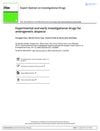
research Experimental and Early Investigational Drugs for Androgenetic Alopecia
New hair loss treatments may include topical medications, injections, and improved transplant methods.
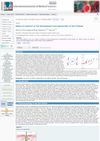
research Status of Research on the Development and Regeneration of Hair Follicles
New regenerative medicine-based therapies for hair loss look promising but need more clinical validation.
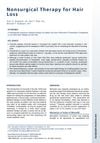
research Nonsurgical Therapy for Hair Loss
Some nonsurgical hair loss treatments are effective, especially if started early.
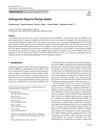
research Androgenetic Alopecia: Therapy Update
There are many treatments for common hair loss, but more trials are needed to decide which are best.
research The State-of-the-Art in the Management of Androgenetic Alopecia: A Review of New Therapies and Treatment Algorithms
New and existing treatments for hair loss show promise, with some being more effective for men and others for women.
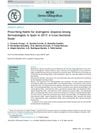
research Prescribing Habits for Androgenic Alopecia Among Dermatologists in Spain in 2017: A Cross-Sectional Study
In 2017, Spanish dermatologists commonly prescribed topical minoxidil, oral finasteride, and nutricosmetics for hair loss, with oral contraceptives also used for premenopausal women. Less common were oral dutasteride, due to side effects, and newer, more expensive treatments like topical finasteride and Low-Level Laser Therapy. The conclusion is that there's a need for prescription guidelines due to varied treatment approaches.